Written by Dani Anglada Pich
Who I Am
My name is Dani Anglada Pich. I was born in Barcelona in 1986, and the sea has been part of me for as long as I can remember. I first set sail at the age of six in dinghies, and from that very moment I knew: this was where I felt alive. The sound of the wind, the balance of the boat, the salt on my skin—it was home.
At twenty, I was already skippering the ex-Fortuna Light, Spain’s entry in the 1986 Whitbread Round the World Race. That boat carried the spirit of ocean adventure, and being at her helm pushed me to dream even bigger.
Later I studied at the Nautical Faculty of Barcelona, Polytechnic University of Catalogne, becoming a merchant marine officer. My life was all about the sea. And then, in 2018, everything collapsed. An accident on board a merchant vessel left me totally blind.
The first years were brutal. I’ll be honest—I felt like I had lost myself as well as my sight. But slowly, step by step, the sea pulled me back. With rehabilitation, with my family and friends beside me, with professionals and foundations who believed in me, I rebuilt myself. I learned to live again. And more than that—I chose to keep sailing.
In 2024, I founded Yes We Sail, both an association and a start-up, to prove that the sea belongs to everyone, especially those who are told they “can’t.” Sailing became my way of life again, but also my mission: to show that limits are not walls, they are just horizons waiting to be crossed.

Why I Took on the Challenge
Less than a year before the challenge, I said out loud: “I want to sail solo around the Isle of Wight.” At the time it sounded crazy—even to me. But I knew it had to mean something more than just sailing.
During the 37th America’s Cup in Barcelona, I had the support of the organisation and the unconditional encouragement of Grant Dalton. Grant embodies what the Cup is about: perseverance, effort, resilience. I wanted to honour that support. And where better than the Isle of Wight—the very waters where the Hundred Guineas Cup was sailed in 1851, the race that would later become the America’s Cup, and the stage for regattas like the Admiral’s Cup and Cowes Week.
To attempt this circumnavigation blind, in a Patí a Vela—a boat with no rudder, no centreboard, no boom—was my way of tying history to the present. A way to say: the sea is for everyone. And a call: bring sailing back to the Paralympic Games in Brisbane 2032.

Preparation: From Dream to Voyage
To make this real, every detail had to change. My boat, Lady, a Patí a Vela, was built with tactile textures on deck so I could “read” her with my feet and hands. Every rope had a unique feel, so I knew it instantly. I wore a haptic vest that pulsed vibrations for waypoints and wind direction. I studied 3D maps of the island until I could imagine the tides and currents in my head as clearly as if I had seen them with my eyes.
Training in Cowes was intense. The East Cowes Sailing Club opened their doors to me—their slipway, their trust, even their friendship. Magnus Wheatley gave tactical advice, and engineers, volunteers, and sponsors all turned a fragile idea into something seaworthy. And
Lady, built two years earlier with a master boatbuilder and myself, became more than a boat: she was my voice, my balance, my partner.

The Odyssey Around the Island
24 July 2025, 08:01. The cannon of the Royal Yacht Squadron fired. I set off. The first stretch to The Needles was pure joy—12 knots of speed, wind NNW 10–15, and I could feel Lady fly.
Then, silence. At Freshwater Bay the wind dropped, and I had to push eight miles offshore into the Channel to find a breath of air. It took over five hours to reach St Catherine’s Point, sailing downwind with under 10 knots and rolling waves. The Patí doesn’t like that course—it felt unstable, restless under me.
Past the lighthouse, the sea flattened, a NE breeze came in at 12 knots with gusts to 18. For a moment, I thought finally, easier. I was wrong.
After nine hours at sea, past Ventnor and Sandown Bay, came the real trial. The tide turned at low water. Chaos. Gusts slammed up to 28 knots. The hull creaked, the mast groaned, and I thought: What am I doing here, risking everything?
But I stayed. I listened. I focused. I trusted the protocol I’d spent four years building. The Patí speaks if you pay attention—through vibrations, through the surge of the hull, through whispers in the rig. Step by step, I fought on. Thirteen tacks. Twice I was thrown to the deck, struggling to get her steady again. But I carried on.
By sunset, I was spent. Exhaustion, cold, pain. The last miles to Cowes weren’t a fight with the sea—they were a fight with myself. I trimmed the sail, so I didn’t have to move, and locked my focus on the wind, the tide, the rhythm of the boat.

The Finish Line
Finally, the tide lifted me, a soft breeze carried me home. Crossing the line wasn’t the victory I had imagined—it was survival. It was release. It was rebirth.
I collapsed on deck, overwhelmed, and kissed Lady for all she had endured, for bringing me back safe. Two years earlier, with a master boatbuilder, I had begun shaping her. Now, whole and unbroken, she had carried me to harbour. In that moment, I felt nothing but honour. She wasn’t just a boat—she was my companion, my sight, speaking to me mile after mile until we made it home together.
Reflections: What the Sea Taught Me
That day I lived everything: calm and storm, fear and joy, despair and triumph. Times when I doubted. Times when I felt free beyond words. By the end, it all exploded inside me—sadness, pride, exhaustion, happiness, strength.
I realised this: what we call limits are often just perceptions. The sea strips you down until only truth remains. And with preparation, courage, and passion, you can go further than anyone ever thought possible.

Gratitude
None of this would have been possible without those who believed. My deepest thanks to the East Cowes Sailing Club, to Magnus Wheatley, to every volunteer, to my sponsors, and especially to Rooster. The technical clothing and equipment they provided protected me to the very last wave. But more than gear, they gave me something priceless: belief. Belief in people, in dreams, and in the idea that sailing belongs to everyone.
And a very special mention to my main sponsor, Port Masnou and Club Nàutic El Masnou. They’ve been with me from the very start—not only supporting this challenge but building the future of inclusive sailing. They opened their facilities, shared their coaching, and stood behind Yes We Sail with trust and commitment. Without them, this dream would never have left the shore.
Closing Message
To anyone who doubts themselves: remember this. Disabilities are not limits. They are different abilities, different perspectives, different strengths.
If I, without sight, could sail solo around the Isle of Wight, then you too can face your seas—whatever form they take.
This was more than a challenge. It was the beginning of a new horizon: a call for inclusive sailing, for courage, and for the will to believe again.




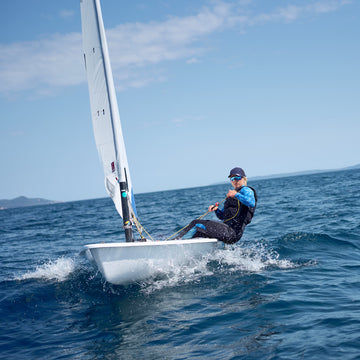
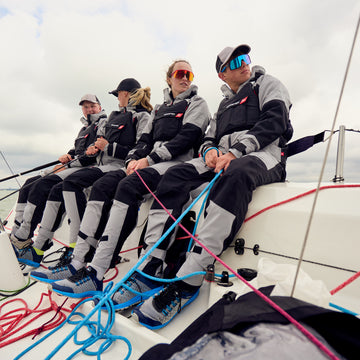
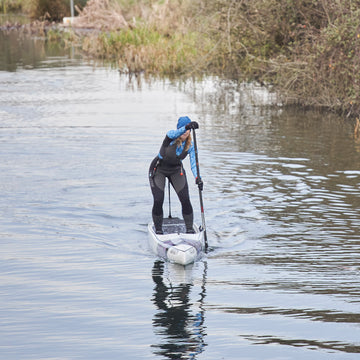
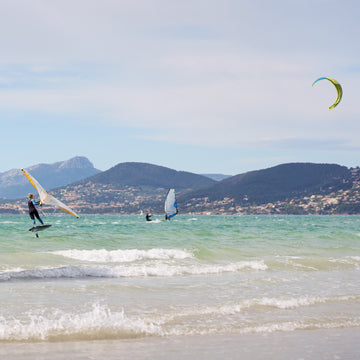
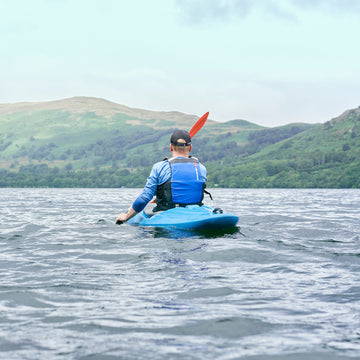
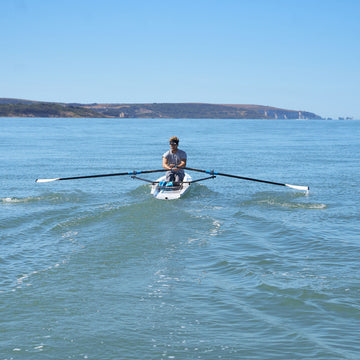
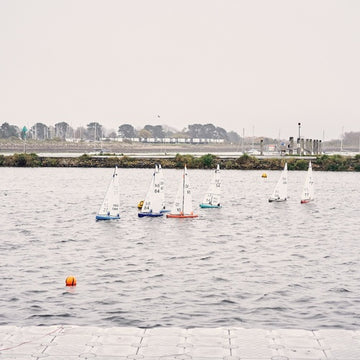
 Select Store
Select Store
 EU
EU
 US
US
